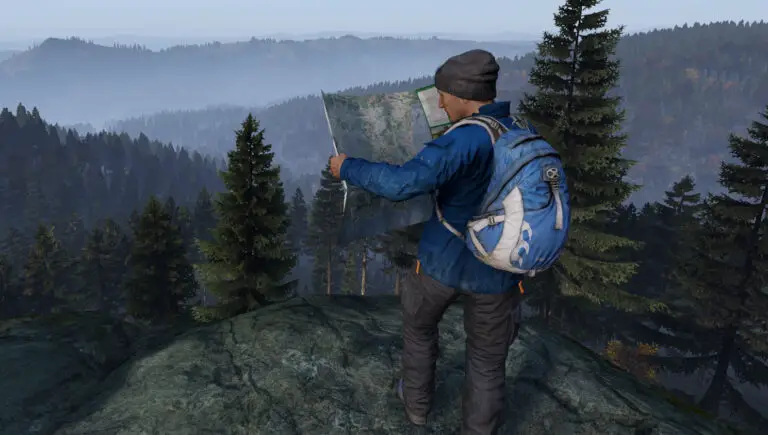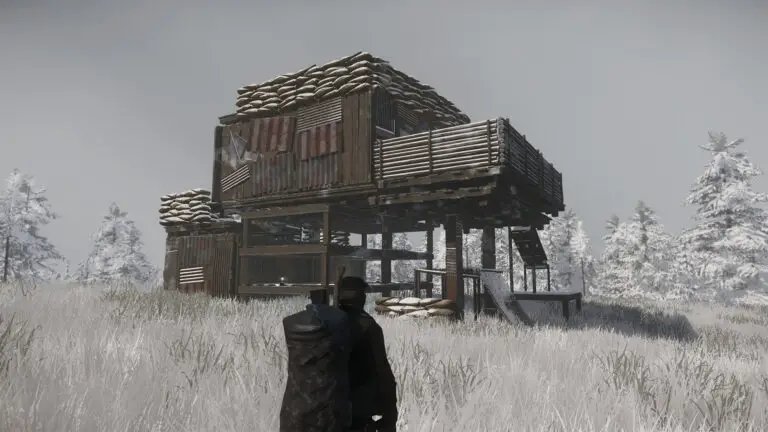Early Access Experience with ‘Under the Ocean’
The first foray into the world of early access gaming for many, including myself, was an intriguing survival sandbox known as Under the Ocean. In June 2013, the game was purchased with a sense of anticipation and the promise of being part of an evolving project. The initial experience was positive, with the game providing enjoyment and the developers releasing updates that expanded its scope. There was a sense of community as devblogs and roadmaps were shared, and features like multiplayer were hot topics of discussion.
However, as 2014 rolled around, the situation took a turn. The flow of communication from the developers began to wane, and the much-anticipated multiplayer feature was put on hold. The following year brought more disheartening news: the lead programmer had left the project. Developer Paul Hart expressed his determination to complete Under the Ocean, despite not knowing the exact path forward and having to start over from scratch. Unfortunately, the funds from early access sales were depleted, and refunds were not an option. Hart continued to work on the game alone, albeit with limited time to dedicate to it. The eighth alpha version remains in the libraries of those who purchased it, but the game itself has vanished from Steam, leaving behind only memories and a sense of what could have been.
Early access, often seen as a gamble, had in this case resulted in a loss for those who invested. They were left with an ancient alpha of a game that was no longer being actively developed, a stark reminder of the risks involved in purchasing unfinished games.

(Image credit: Farmergnome)
The Early Dozen
Steam’s Early Access platform launched in March 2013, introducing a dozen games that would test the waters of this new model. Among these pioneers, the outcomes were as varied as the games themselves. Some, like ArmA 3, transitioned out of early access within the same year, while others like Kerbal Space Program and Prison Architect followed suit in 2015, both finding success and acclaim post-launch.
However, not all stories had happy endings. Games such as Under the Ocean and a rhythm game titled 1… 2… 3… Kick It! never made it past the early access stage. The latter, astonishingly, remains in early access to this day. Kinetic Void left early access in 2014 but was met with overwhelmingly negative reviews, with many players feeling the game was abandoned rather than completed. Similarly, the survival game Starforge exited early access in 2015 to mostly negative reviews and was eventually removed from Steam entirely in 2017.
The varied fates of these early access games serve as a testament to the unpredictable nature of game development and the inherent risks players take when investing in unfinished products.

(Image credit: Bohemia Interactive)
Pardon our dust
The success of DayZ on Steam’s Early Access platform marked a significant turning point for survival games. Launched in December 2013, DayZ sold an impressive 400,000 copies within its first week, despite being riddled with bugs and issues, such as players dying from climbing ladders and zombies walking through walls. The game was a mess, but it was also incredibly engrossing, leading to a massive success that saw over 3 million copies sold within a year.
DayZ’s success paved the way for a new genre: early access survival games. These games typically featured an open world with basic survival systems, allowing players to scavenge for gear and supplies, maintain their health and hunger meters, engage in crafting, and face threats like zombies, wild animals, or other players. This framework provided just enough content to keep players engaged while developers continued to work on additional features.
The genre exploded on Steam, with many games following in DayZ’s footsteps, each offering its own unique take on survival and player interaction. The model was particularly appealing to solo developers and small teams, who could fund their projects while still in development and involve the community in the game’s evolution.

(Image credit: Bohemia)
Feedback loop
The early access model on Steam created a unique relationship between developers and players, one that was built on the promise of participation in the game’s development. This model set expectations for a collaborative process where feedback and communication were key. Players were not just buying a game; they were investing in the potential of what it could become and, in theory, helping to shape its future.
However, the reality of game development, with its inherent delays and unforeseen challenges, often led to frustration. As games missed milestones and revised their roadmaps, extending their stay in early access, players’ patience wore thin. The excitement of being part of a game’s evolution gave way to the disillusionment of feeling more like unpaid QA testers, tasked with finding and reporting bugs without the guarantee of a finished product.
Many early access survival games drew ire from their communities over issues such as infrequent updates, poor communication, and the cutting of planned features—common occurrences in game development but difficult to accept for players who had already paid for the game. This feedback loop, while intended to be constructive, sometimes highlighted the disconnect between the developers’ vision and the players’ expectations.
Despite these challenges, the popularity of early access games continued, with titles like Ark: Survival Evolved and The Long Dark achieving success and acclaim. Yet, the skepticism surrounding early access remained, as players became more cautious with their investments in these unfinished worlds.

(Image credit: Miscreated / Entrada Interactive)
Reflecting on the State of Early Access Games
The landscape of early access games is one of uncertainty and potential. A recent example is The Day Before, which captivated audiences with an impressive trailer and quickly climbed to the top of wishlists. However, its early access launch was met with some of the worst reviews for a Steam game, and the developer, Fntastic, closed down just four days post-launch. The game is no longer available for purchase, and no further updates are expected, marking a swift end to what many had hoped would be a promising title.
On the other side of the spectrum, the developers of Under the Ocean have offered a glimmer of hope to their supporters. Despite the game’s abandonment, they have promised a free key to any future projects for those who can provide a receipt for their purchase. The developer has expressed a desire to focus on smaller, more manageable projects that can be realistically finished while balancing work and family life.
While the future of these projects remains uncertain, the developer’s commitment to making amends with their community is a positive step. However, given the history of early access games, skepticism is understandable. Players may be more cautious about where they place their bets in the future, but the allure of being part of a game’s development journey continues to tempt many.

